
In September 2018, the Indian government unveiled a massive three-billion-dollar project— Strengthening Teaching-Learning and Results for States, or STARS—designed in collaboration with the World Bank to improve the country’s education system. While 85 percent of the project’s cost would be borne by the Indian government, the rest would be financed through a World Bank loan. The loan is still being negotiated, even as the Indian government prepares for the project’s implementation. But, unfortunately, the project has not seen much public discussion or scrutiny.
On paper, the programme seems promising. Besides taking on some national-level initiatives, the project seeks to reform the education system in six states: Himachal Pradesh, Kerala, Rajasthan, Madhya Pradesh, Maharashtra and Odisha. It promises improvement in early-childhood education, teacher and school-leadership development, and building infrastructure, among other noble objectives. But a closer look at the project document reveals a flawed understanding of the kind of intervention the country might need. The project ignores what many experts consider the most immediate problem—an underfunded public-education system. Instead, it focusses on simply improving education delivery, through a greater inclusion of private-education providers in the sector, despite the well-known shortcomings of similar projects in places such as Liberia and Pakistan. The project ignores not only the countless failures of public-private partnerships in education, but also the abysmal track record of India’s private schools.
This story is from the May 2020 edition of The Caravan.
Start your 7-day Magzter GOLD free trial to access thousands of curated premium stories, and 8,500+ magazines and newspapers.
Already a subscriber ? Sign In
This story is from the May 2020 edition of The Caravan.
Start your 7-day Magzter GOLD free trial to access thousands of curated premium stories, and 8,500+ magazines and newspapers.
Already a subscriber? Sign In

Mob Mentality
How the Modi government fuels a dangerous vigilantism
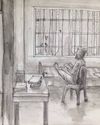
RIP TIDES
Shahidul Alam’s exploration of Bangladeshi photography and activism
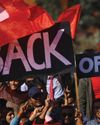
Trickle-down Effect
Nepal–India tensions have advanced from the diplomatic level to the public sphere

Editor's Pick
ON 23 SEPTEMBER 1950, the diplomat Ralph Bunche, seen here addressing the 1965 Selma to Montgomery March, was awarded the Nobel Peace Prize. The first black Nobel laureate, Bunche was awarded the prize for his efforts in ending the 1948 Arab–Israeli War.

Shades of The Grey
A Pune bakery rejects the rigid binaries of everyday life / Gender
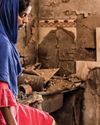
Scorched Hearths
A photographer-nurse recalls the Delhi violence
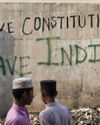
Licence to Kill
A photojournalist’s account of documenting the Delhi violence
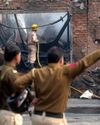
CRIME AND PREJUDICE
The BJP and Delhi Police’s hand in the Delhi violence
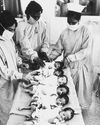
Bled Dry
How India exploits health workers

Status Update
India’s telling silence on the Hagia Sophia controversy